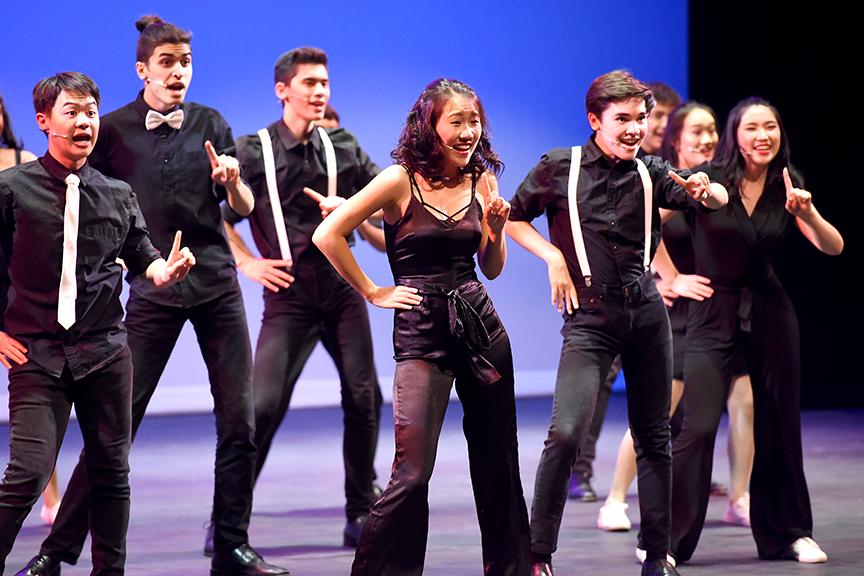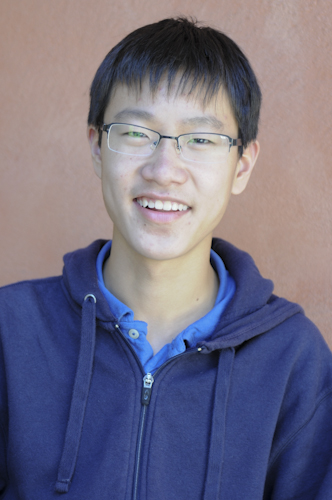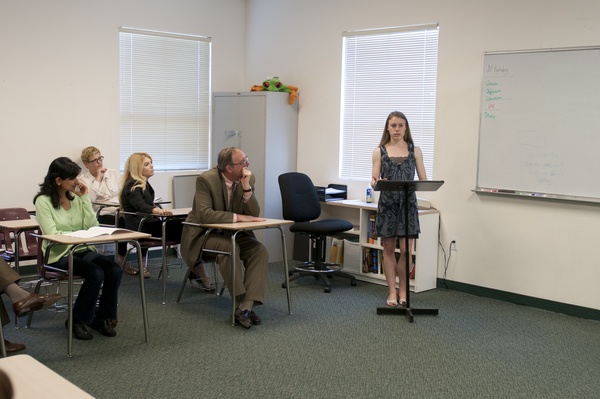The upper school campus was the scene of lights, music and fun Saturday night, as Harker held the 125th Anniversary Gala, its first gala since 2016.
Harker History
Knowing How to Know: Research and Writing at Harker
This article was originally published in the spring 2013 Harker Quarterly. With information literacy and research skills becoming increasingly important to college-bound high school…
Student Essay Among the Top 10 in JFK Library Essay Contest
Felix Wu, grade 10, is among the top 10 finalists in the John F. Kennedy Presidential Library’s Profiles in Courage Essay Contest. The essay,…
Author Speaks to Students on Holocaust Diaries, Historical Analysis
Author Alexandra Zapruder, who penned “Salvaged Pages: Young Writers’ Diaries of the Holocaust,” visited Harker on Feb. 8 to speak to students about the…
Alumna and Mitra Scholar Sarah Howells Wins Inaugural Churchill Research Paper Competition
Sarah Howells ’12, now a freshman at Princeton University, recently won first place in the Churchill Research Paper Competition sponsored by the University of…
School Founder’s Grandson Visits Campus
Harker’s library director and resident history buff Sue Smith had a very pleasant surprise over the summer: a visit from the grandson of Frank…
Harker Announces Plan to Open Preschool on Union Campus Property
This article was originally published in the summer 2012 Harker Quarterly. Two long-term plans clasped hands this spring when Harker became top bidder on…
Women’s Historian Vicki León Visits Upper School
Noted author and historian Vicki León visited the upper school campus in late March to speak to Ruth Meyer’s world history class and participate in…
Grade 3 Students Celebrate History through Dress-Up
Grade 3 history students spent a Friday in early February dressed up as historical figures for the yearly Dress for History Day. Students as…
Grade 8 History Classes Chat with White House Speechwriter
Cyrus Merrill’s grade 8 history students had the unique opportunity to chat with White House speechwriter Laura Dean in late January, just after President…



